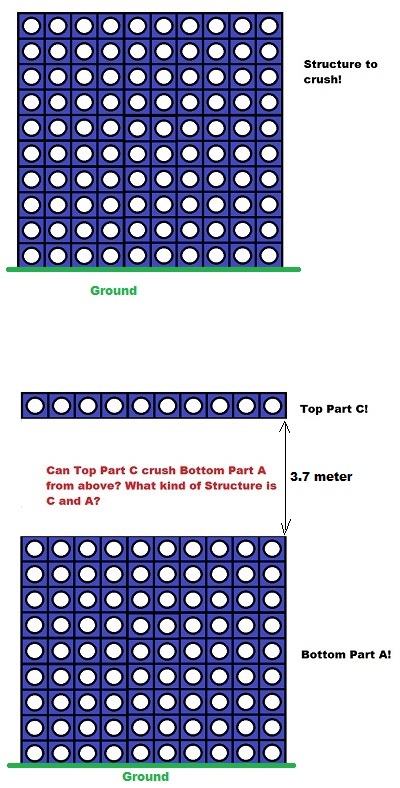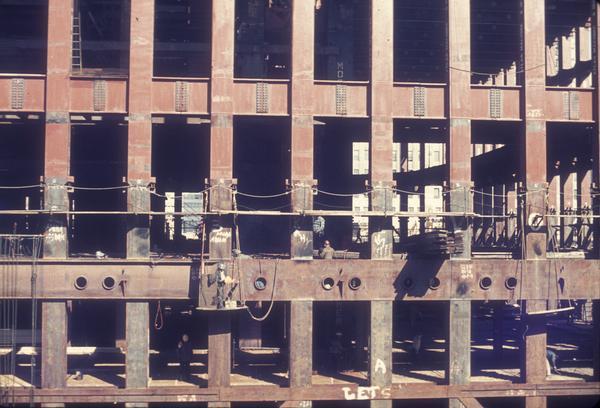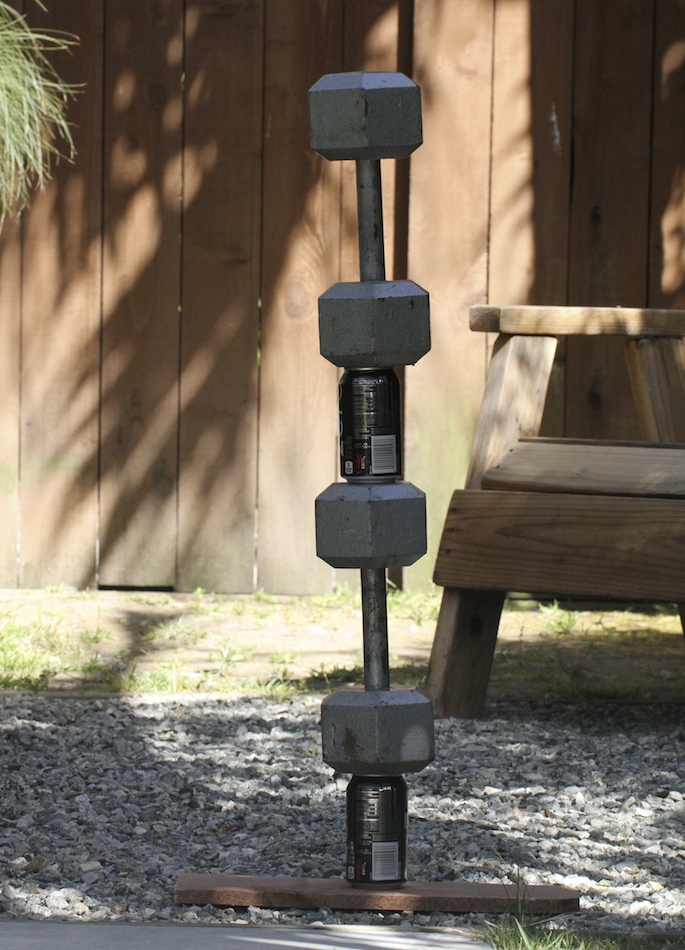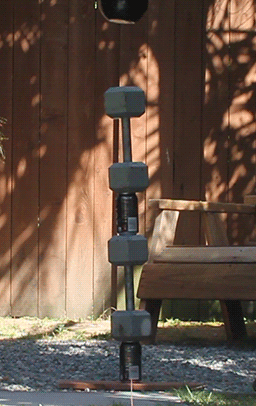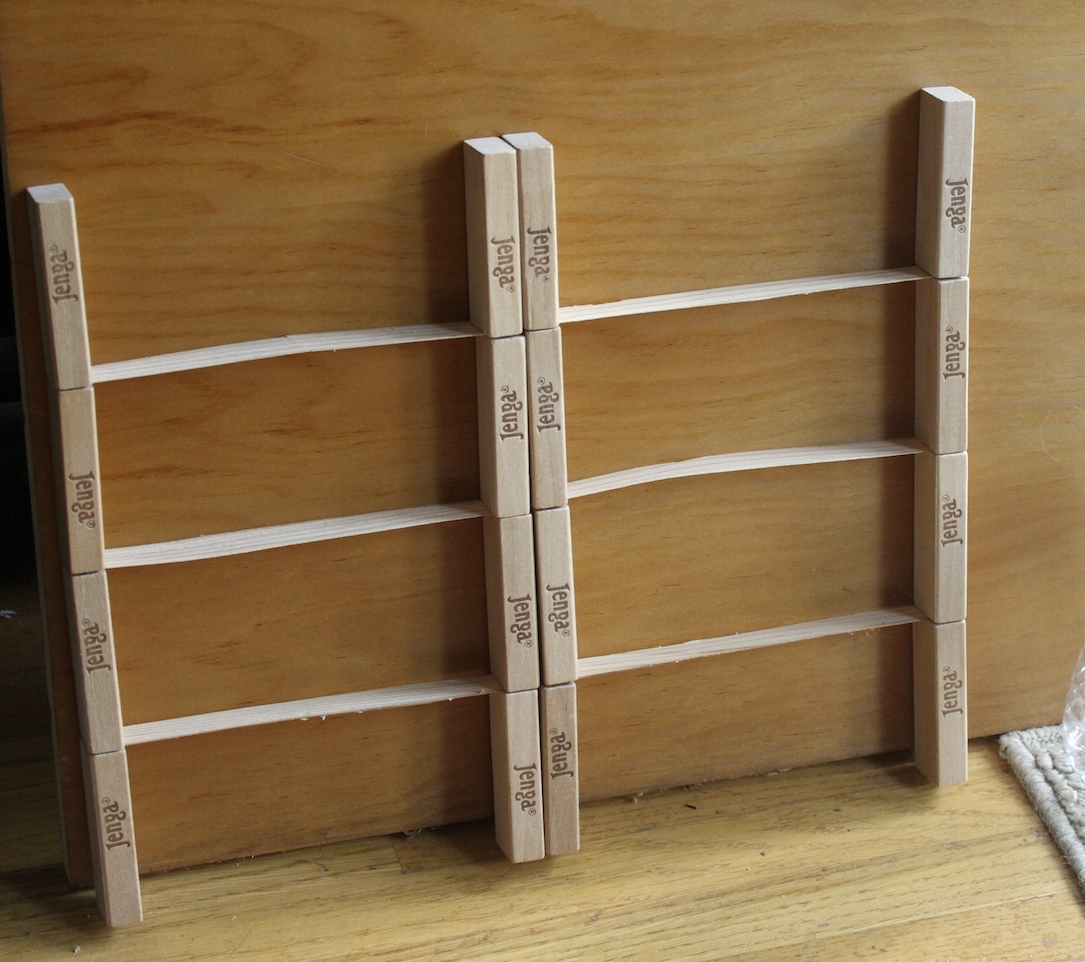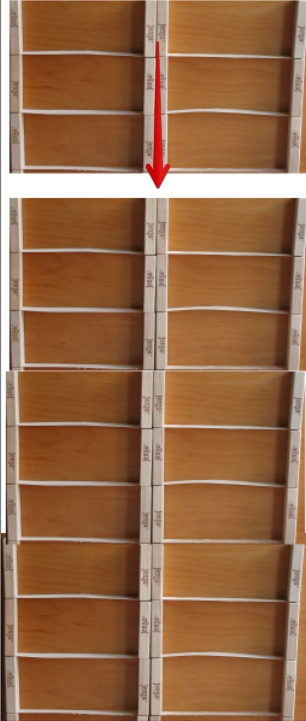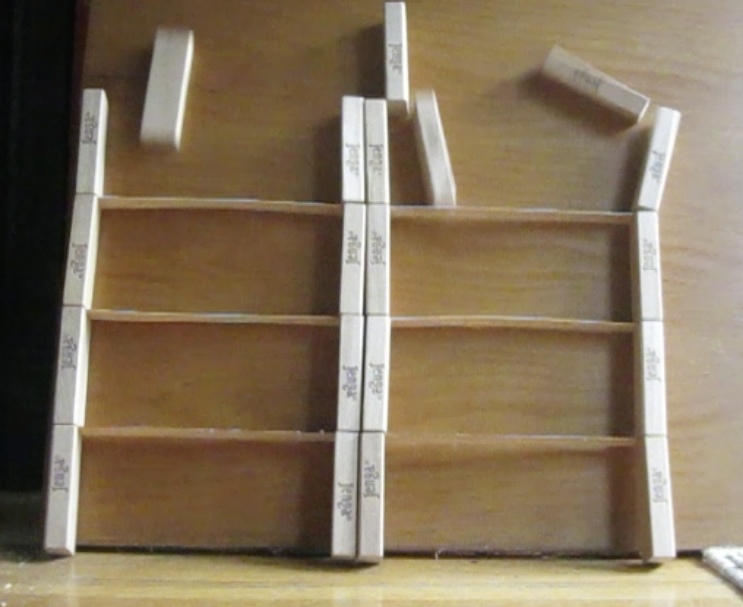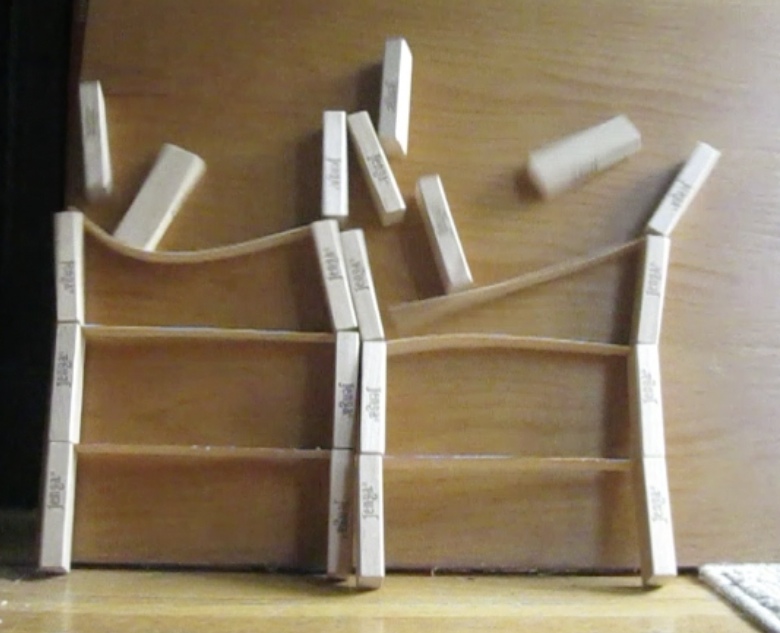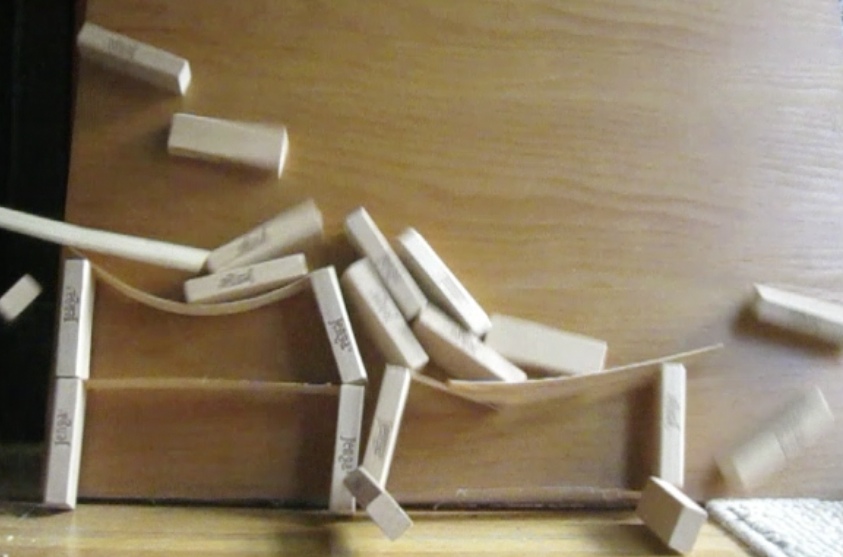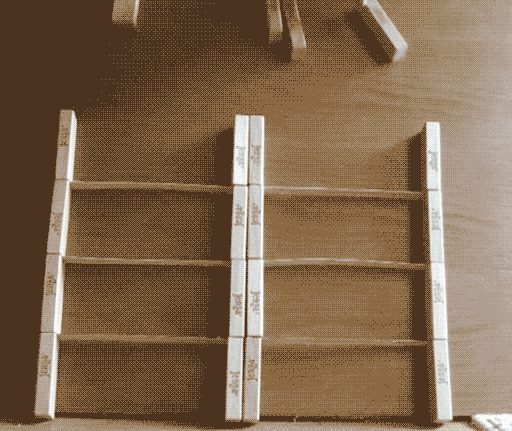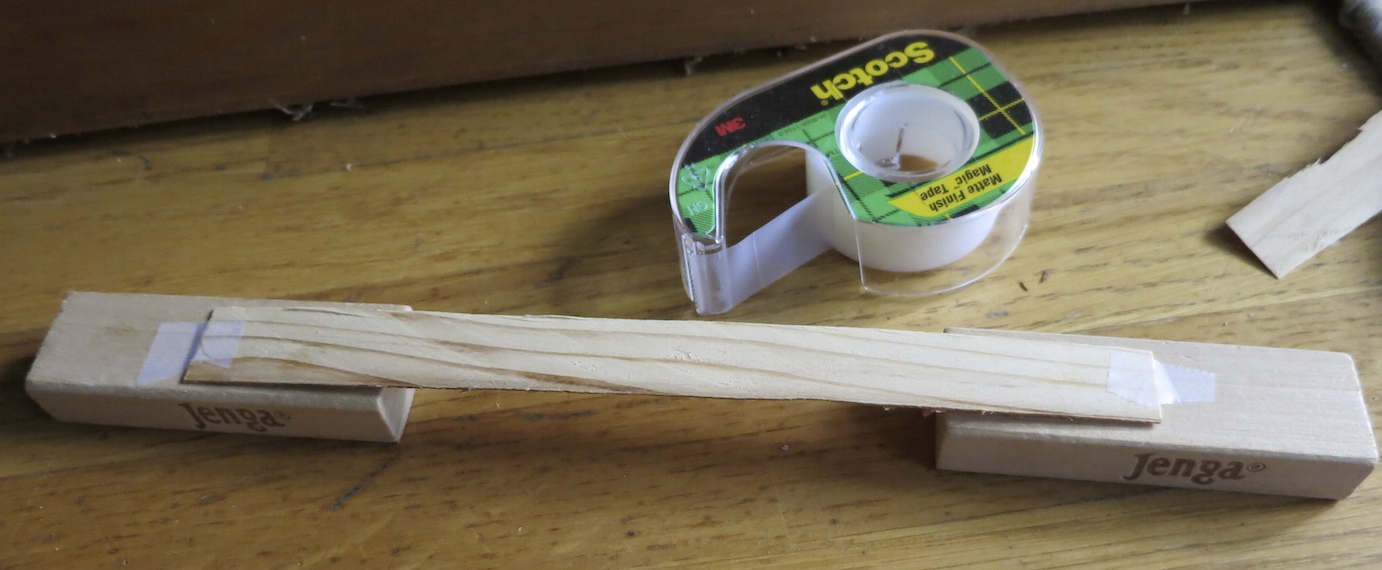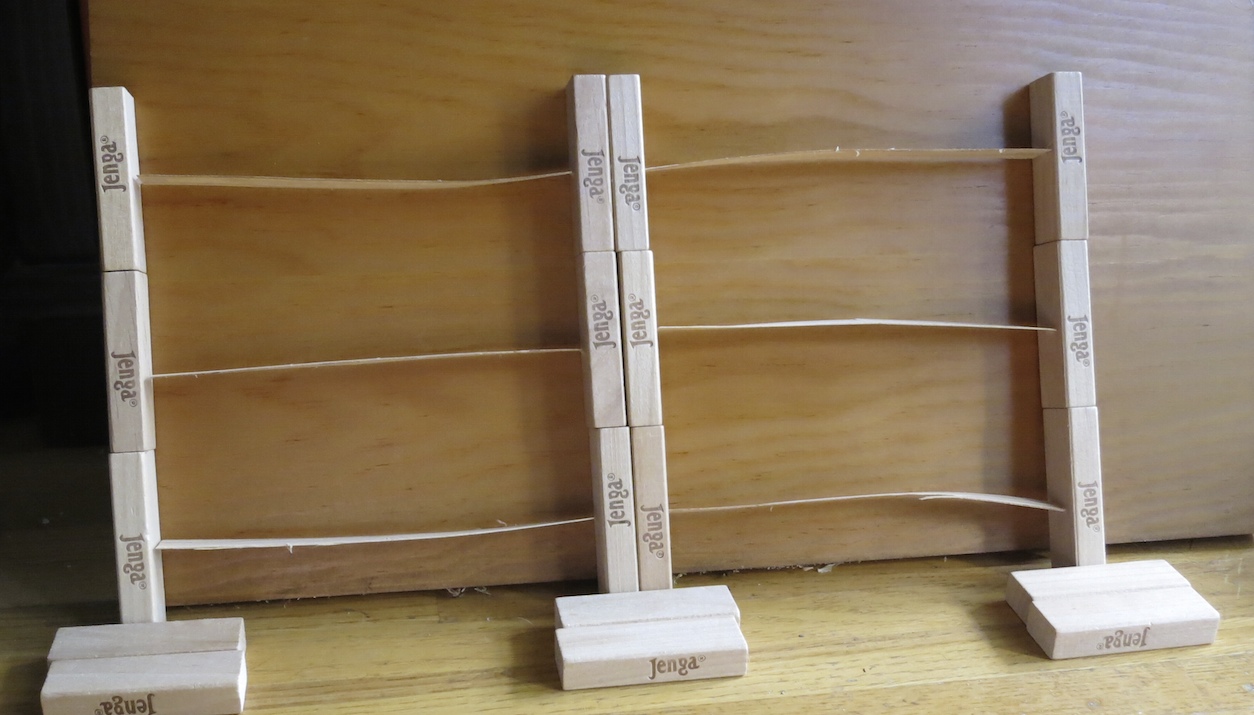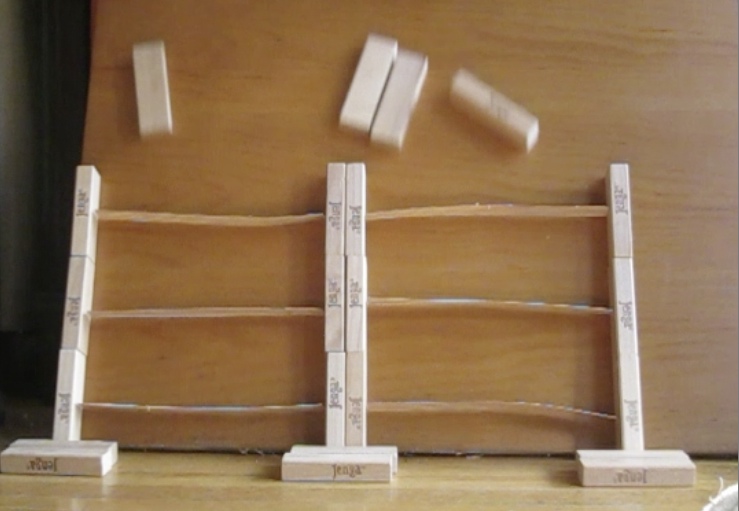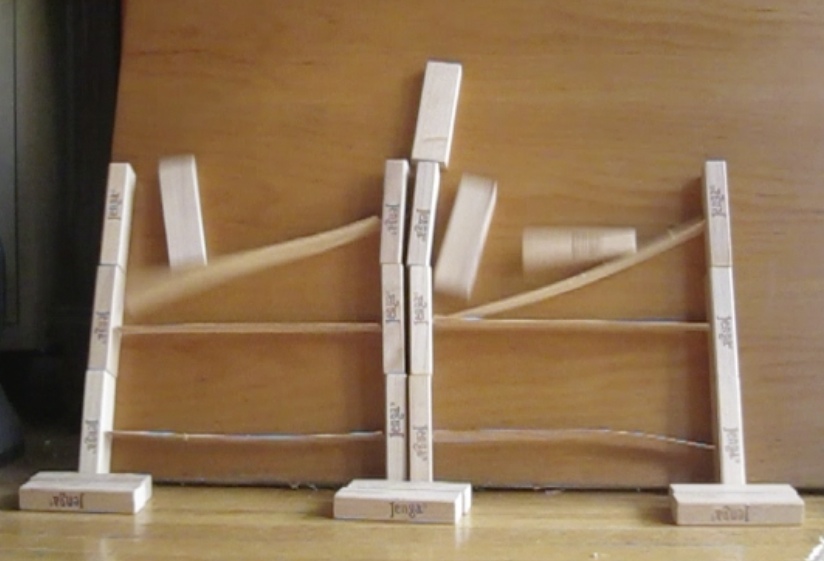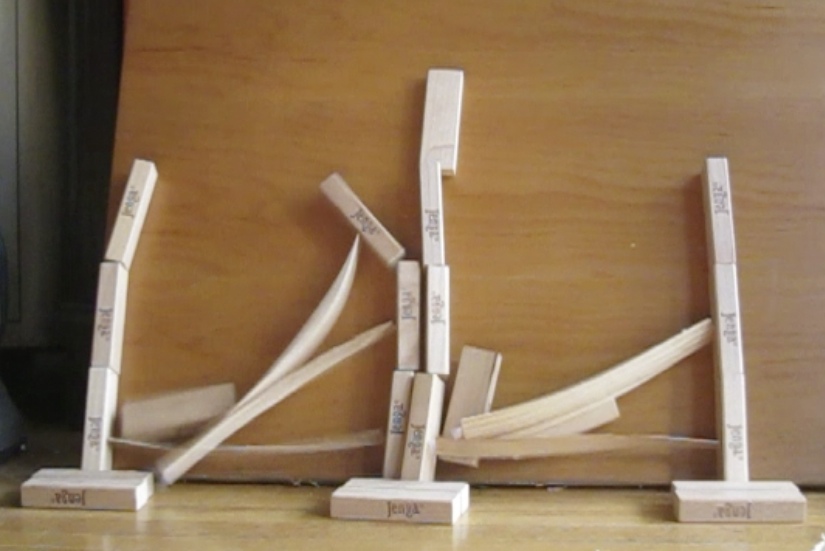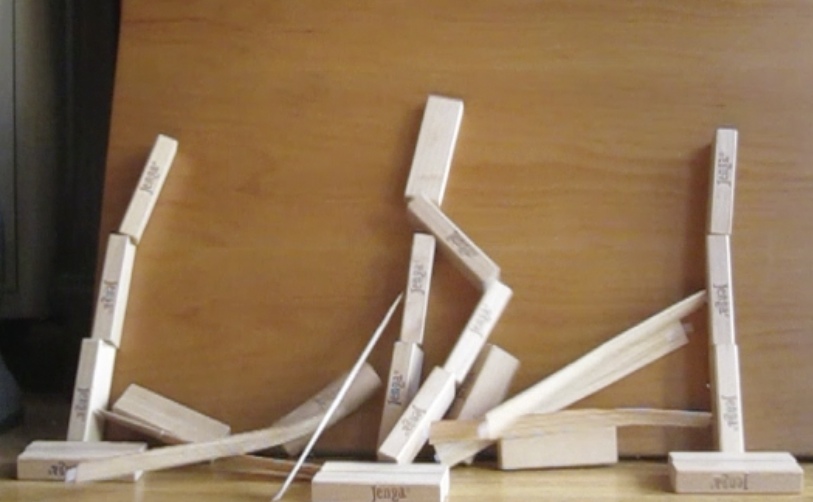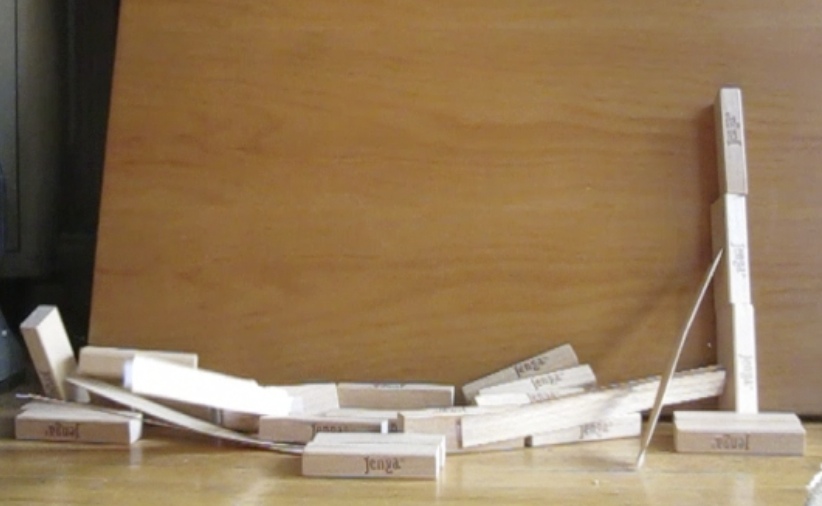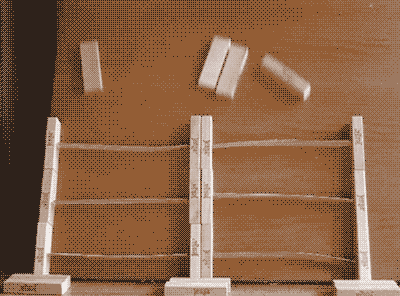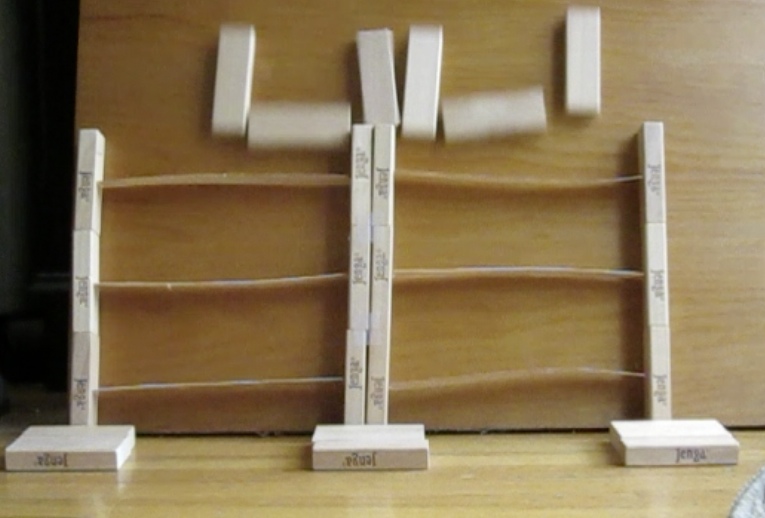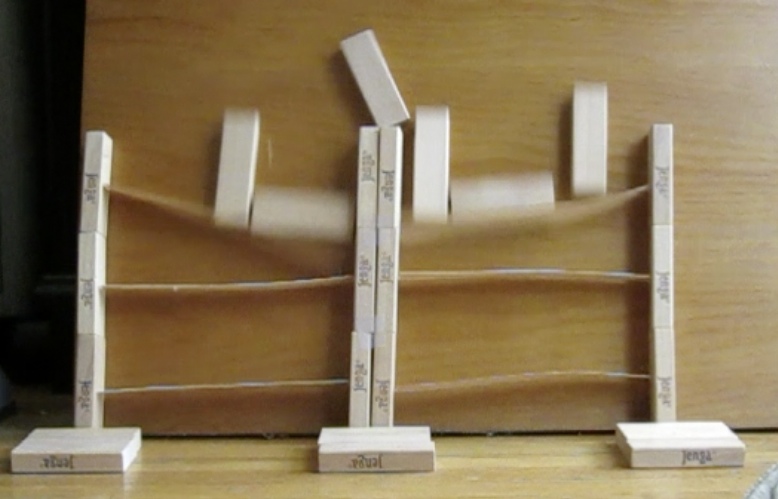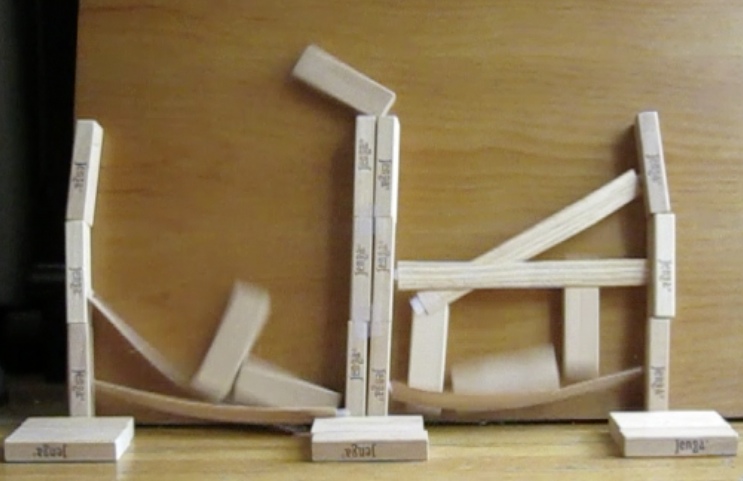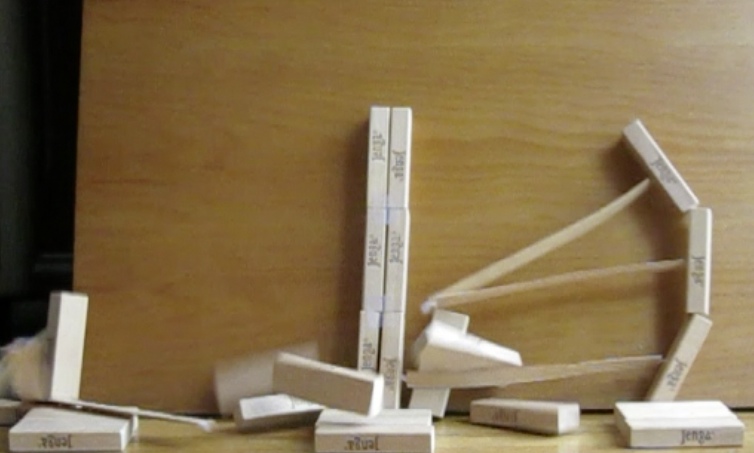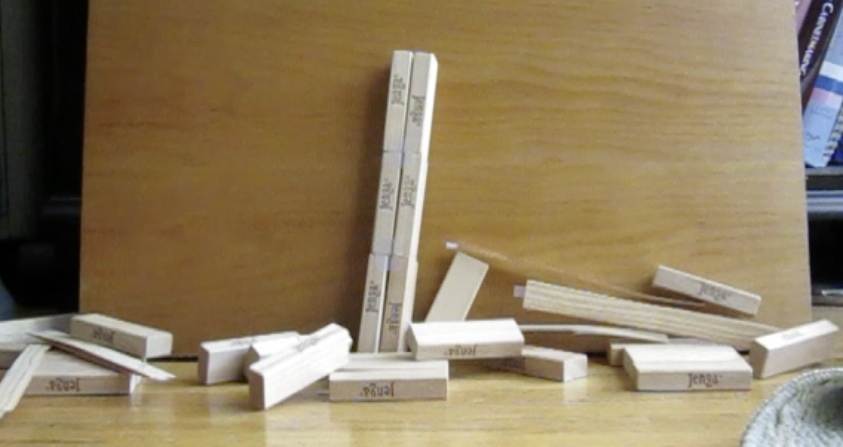Remember that static load is vastly different to dynamic load. An empty soda can will support 100 pounds just resting on it. But it will fail if you drop a 2 pound weight on it from six feet up.
Yes, and that is another issue, along with the irrelevance of the strength of the core columns, that seems to be vastly misunderstood. People have talked about how the bathroom scale jumps way up as you step on it, and that is a good model of dynamic force.
The way I like to illustrate it is to tell someone to place a 3/4" steel nut on their head. One can barely feel it there if you have a good head of hair. Now, have a partner drop said 3/4" steel nut onto your head from 2 feet above. NOW, you can feel it, hair, no hair, or anything short of a 8 inch thick Afro. If you are adventurous, have it dropped from 8 feet above your head. Having band-aids on hand might be in order.
As for the floor's ability to take a load; Shall we assume a tenfold safety margin? If we then assume that each floor above initial collapse was the same we already have ten times the floor ability to transfer a load to the columns. Add in the weight of the upper storey's columns, and you easily at the very least match the max floor load. BUT, this mass is doing two things. First, its moving, and thus as it hits it generates a dynamic load. It has come down a distance of approx 3.7 meters at something above 0.6g. This alone would overwhelm the floor. If that's all that is happening its bowing the floor trusses to max, cracking concrete due to the flexure, and pulling on the attachments to the columns at either end of the trusses.
That's an approximation of reality because of other, more random effects in play. One obvious effect is that the column sections that have failed will reach the next floor down, first. They will punch through the floor like a hot needle through butter (to paraphrase a metaphor). Where will they do this? Not in the center of the floor pan. The column punch through will occur somewhere near the column section of the lower 'block'. In that vicinity are the truss seats and inter-core beams. This will be minor compared to the soon to follow bulk of the upper mass contacting the floor but it serves to illustrate that this next floor down is not in pristine condition when it gets smacked.
As this first lower floor is impacted, the falling mass is also buffeting the core columns, imagine how the core columns sway as the building reacts to wind in normal circumstances. Now the core columns at the collapse zone are reacting to this buffeting in similar fashion except that they are not all moving in the same direction at the same time. Its more random/chaotic.
Approximations of what's happening are just that, approximations. They take into account the more gross features of the collapse sequence. The more random features result in things such as the so called 'squibs' ahead of the visible collapse zone.
So, the thread topic, modeling. We can model some modes of collapse, we have to make approximations to do so. We also have to try to take into account scaling issues. What we cannot take into account are the more random effects.
In Mick's soda can/dumbell example above we saw one can get ejected horizontally at quite a rate. According to a strict mathematical modeling that would not have occured. a small random effect caused an off center load on the can, it buckled on one side first and was then pushed laterally by the still falling weight. In this case it illustrated a concept that the model was not specifically designed to illustrate.
Modeling, and more to the point, interrpretation of the results of modeling, is as much an art as it is a strict technical endevour.
but that's just me rambling...

